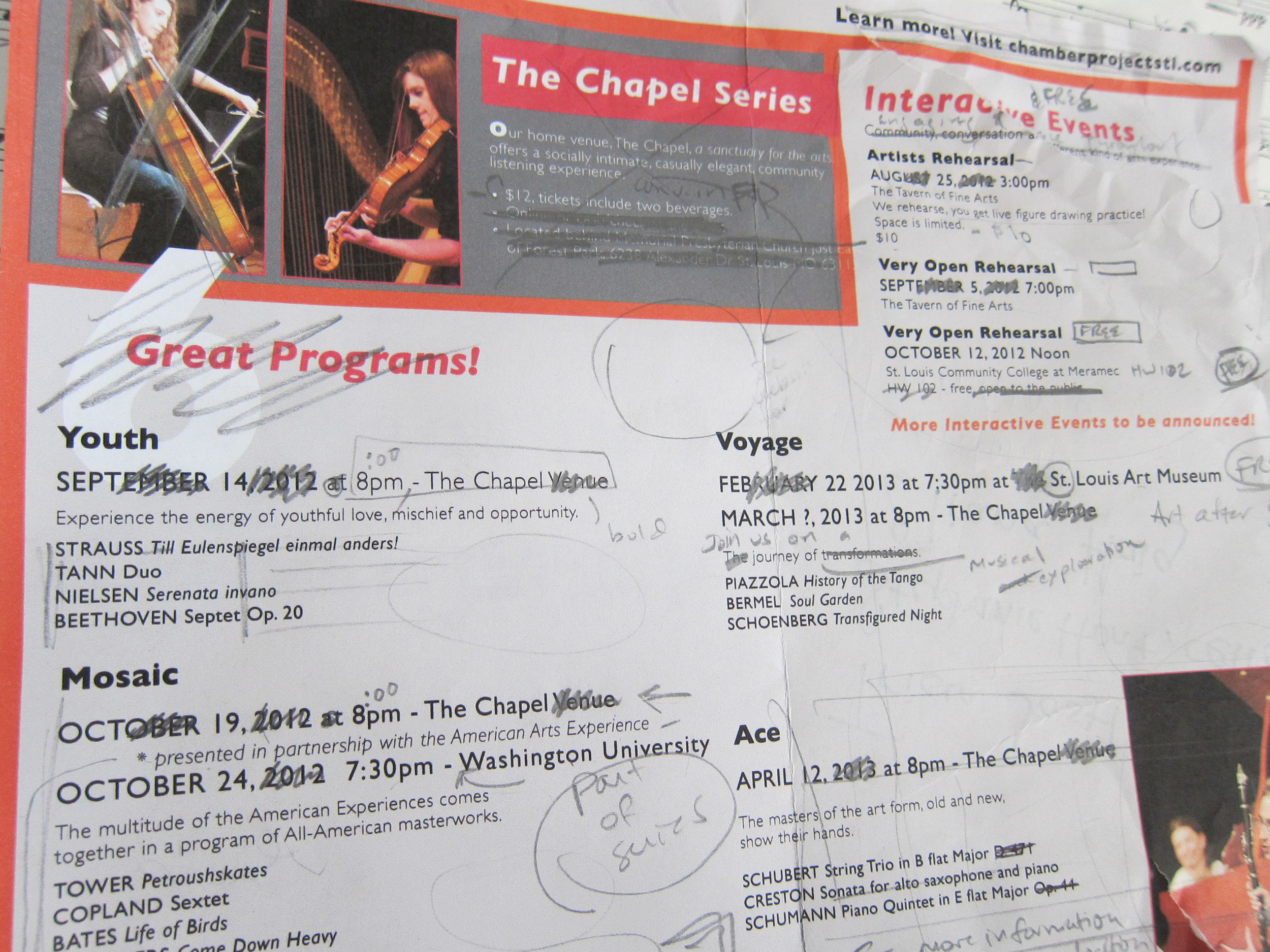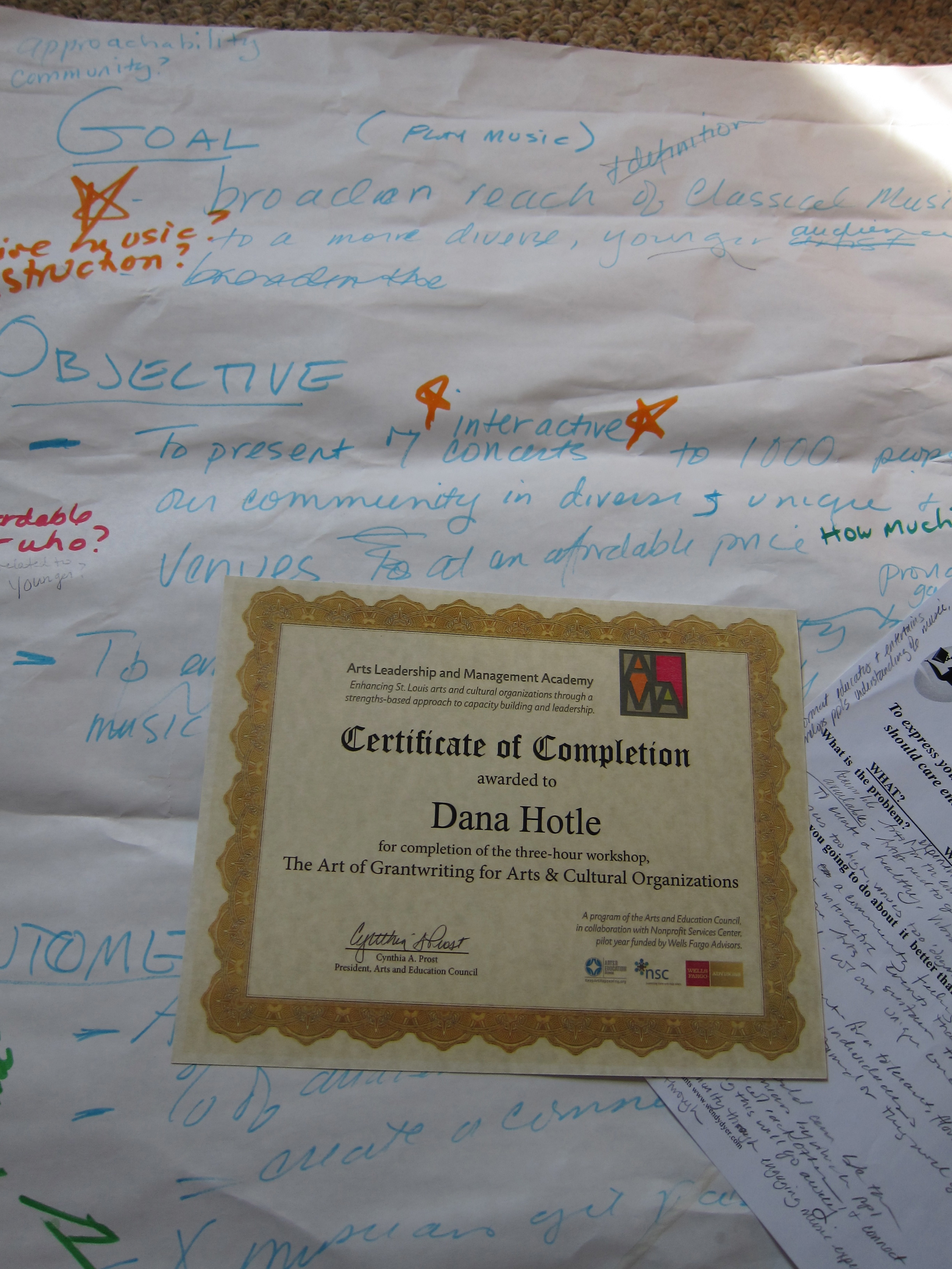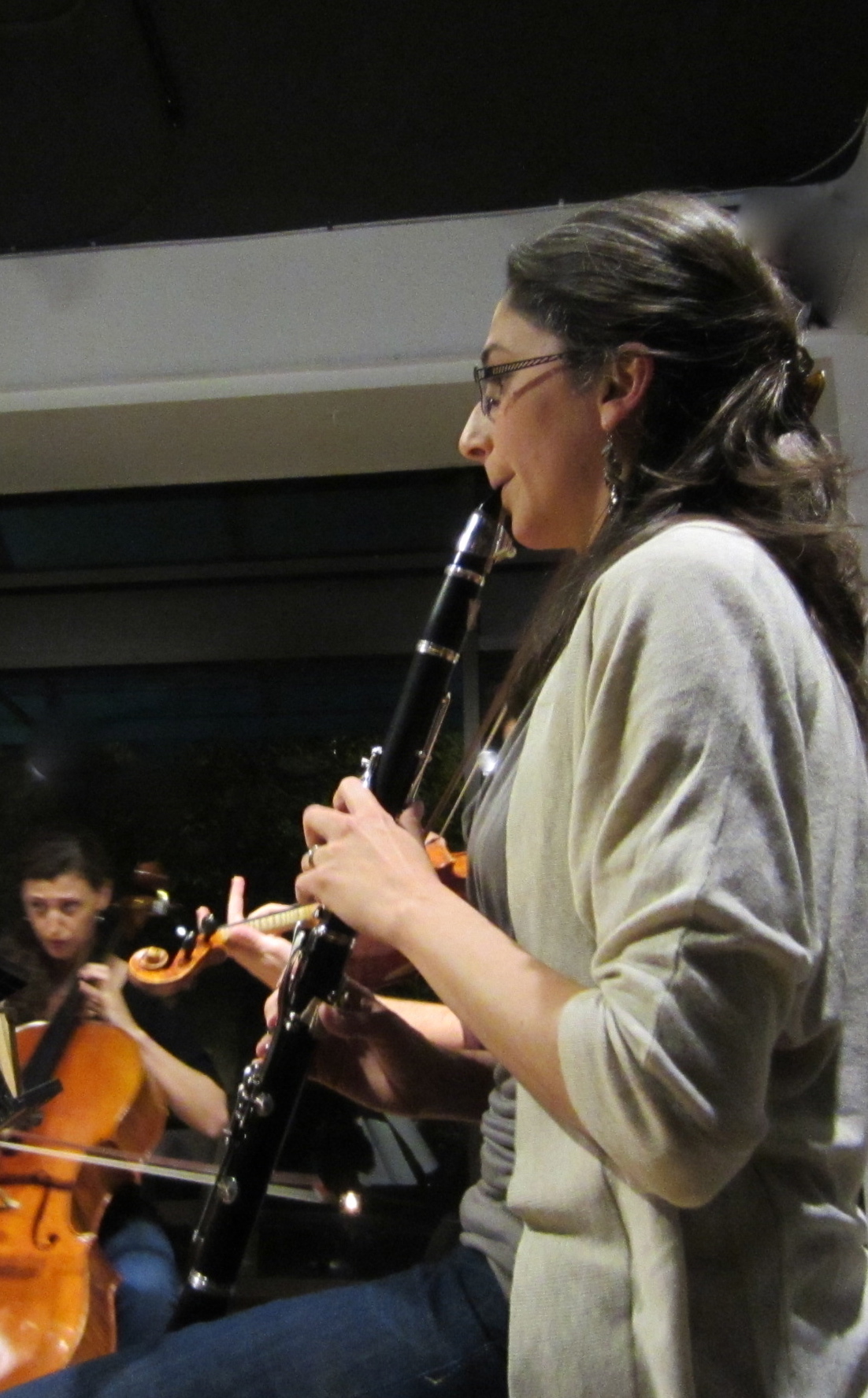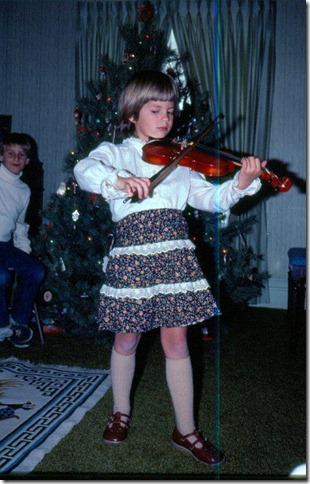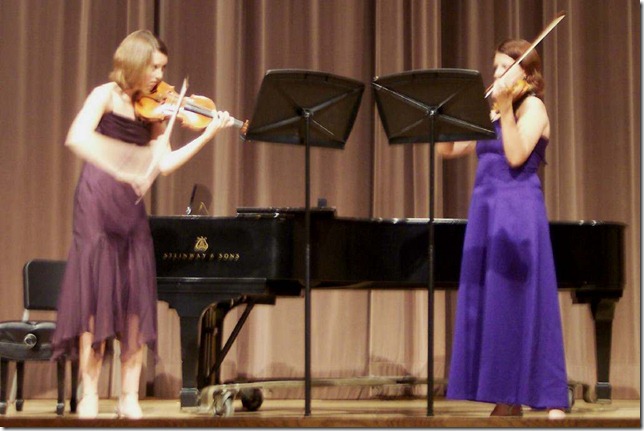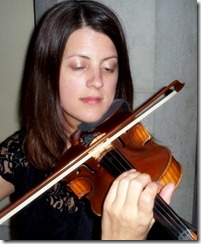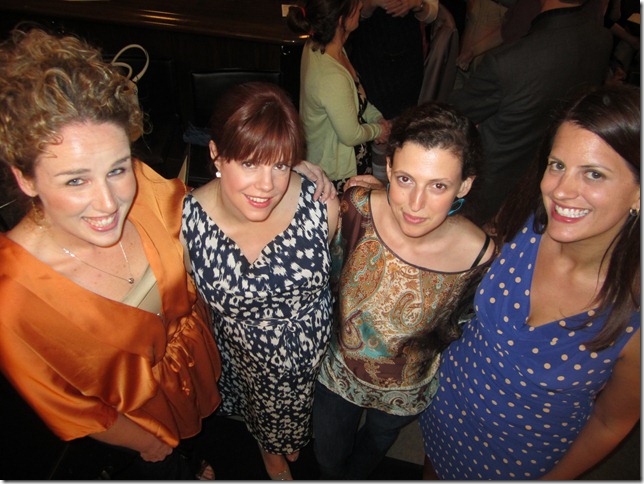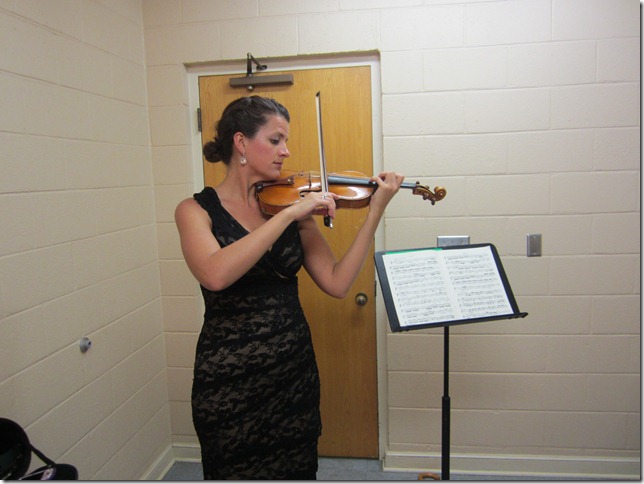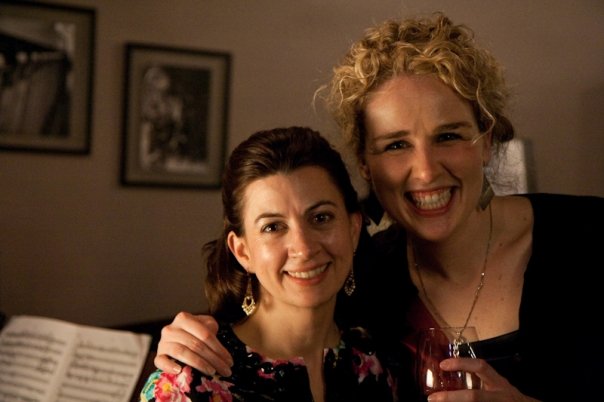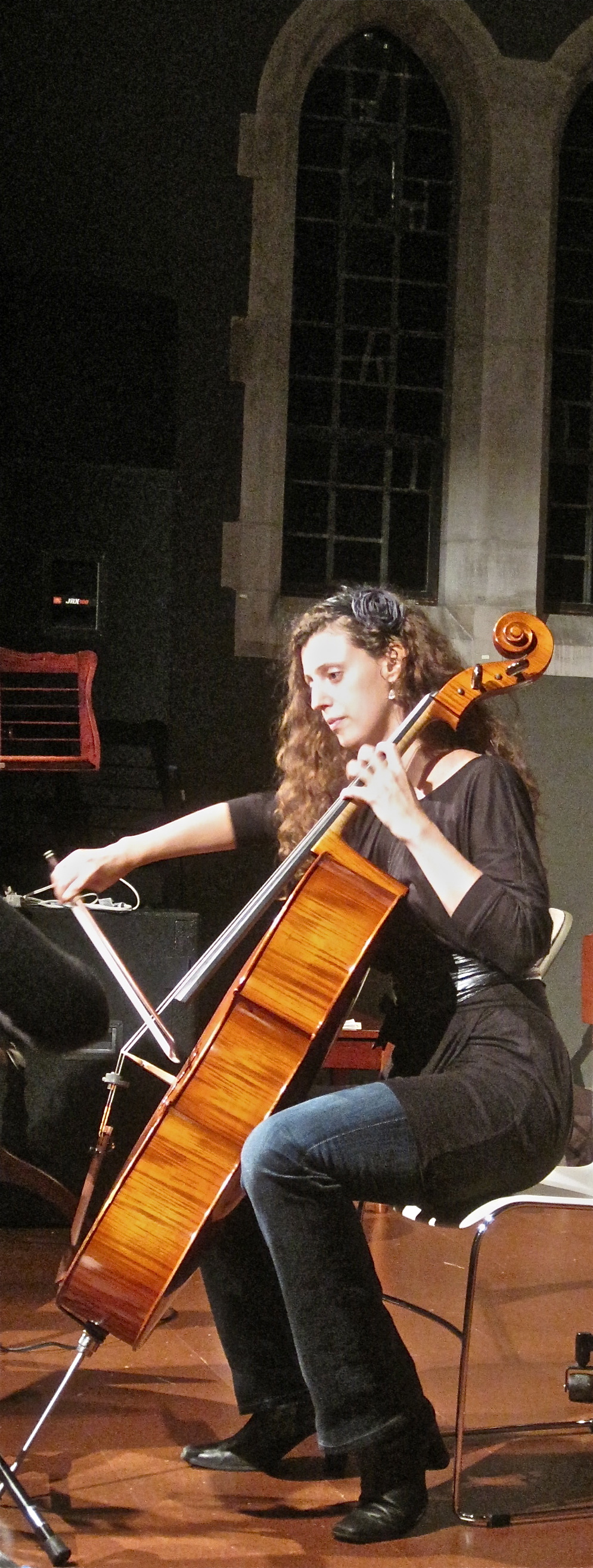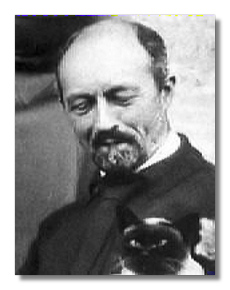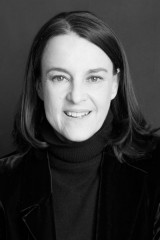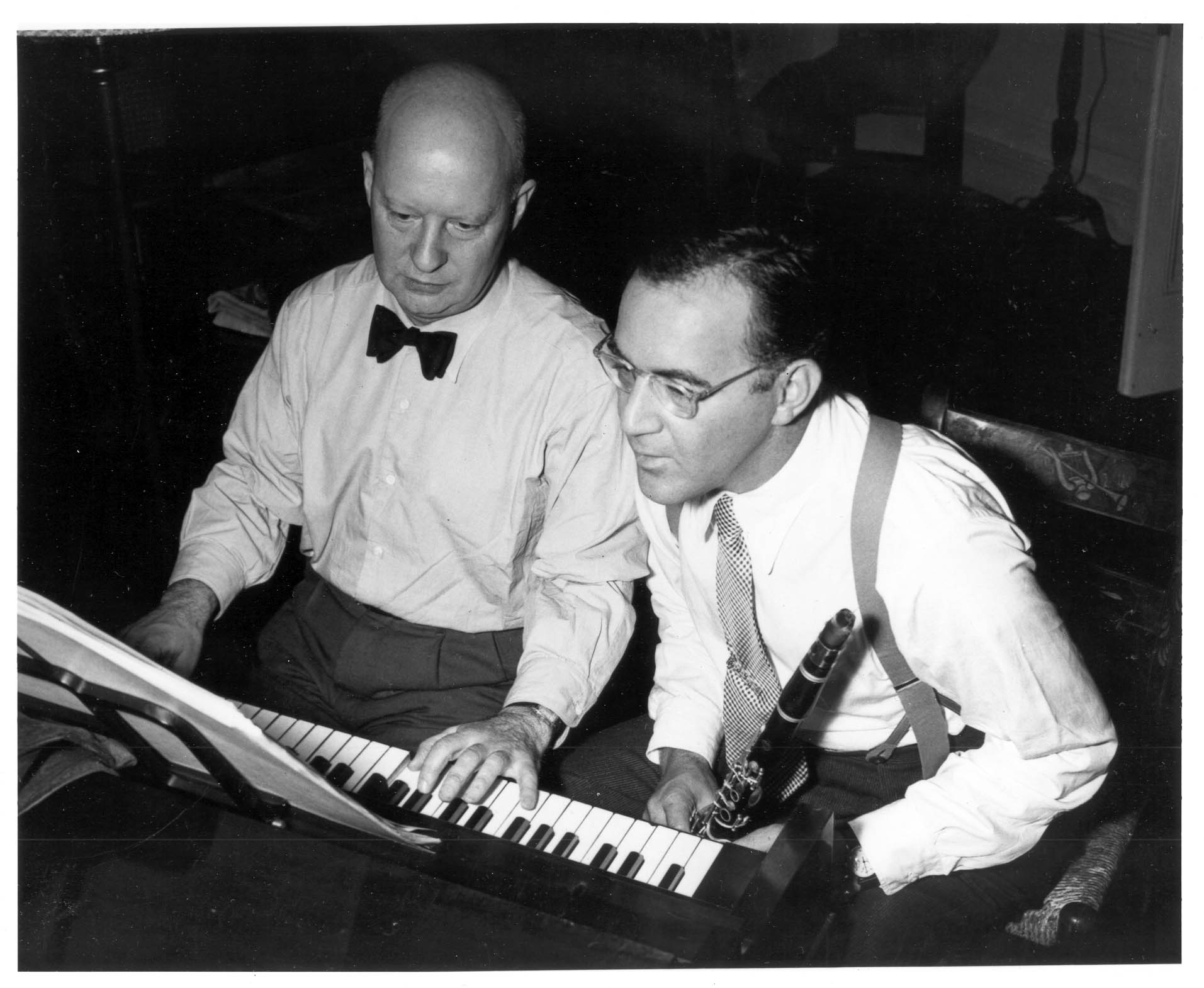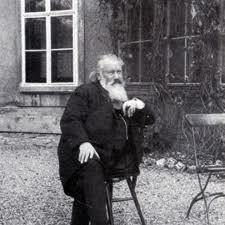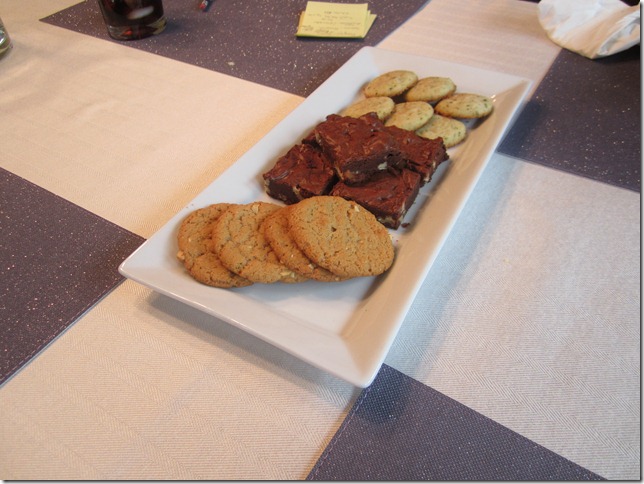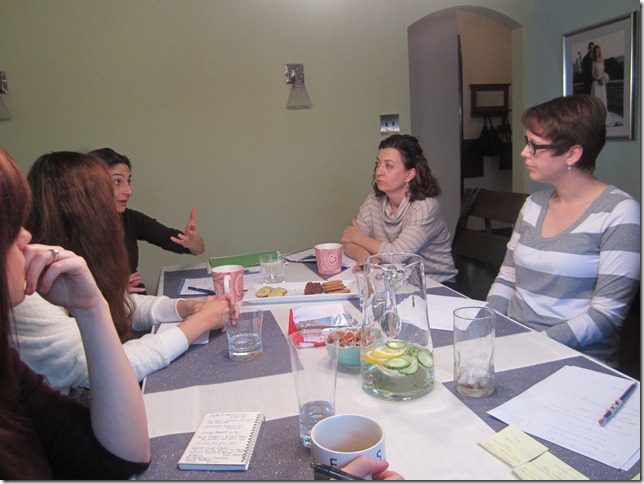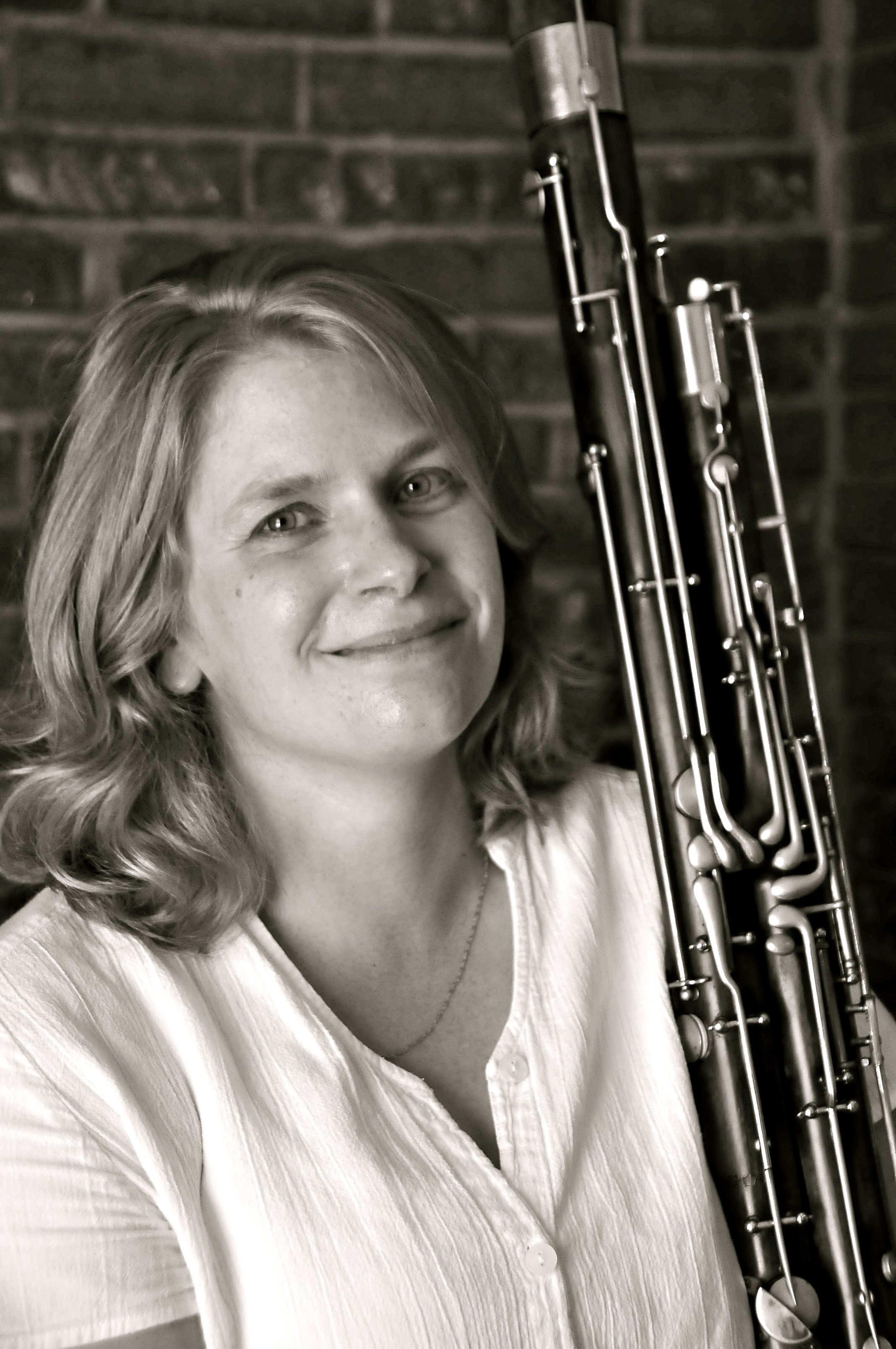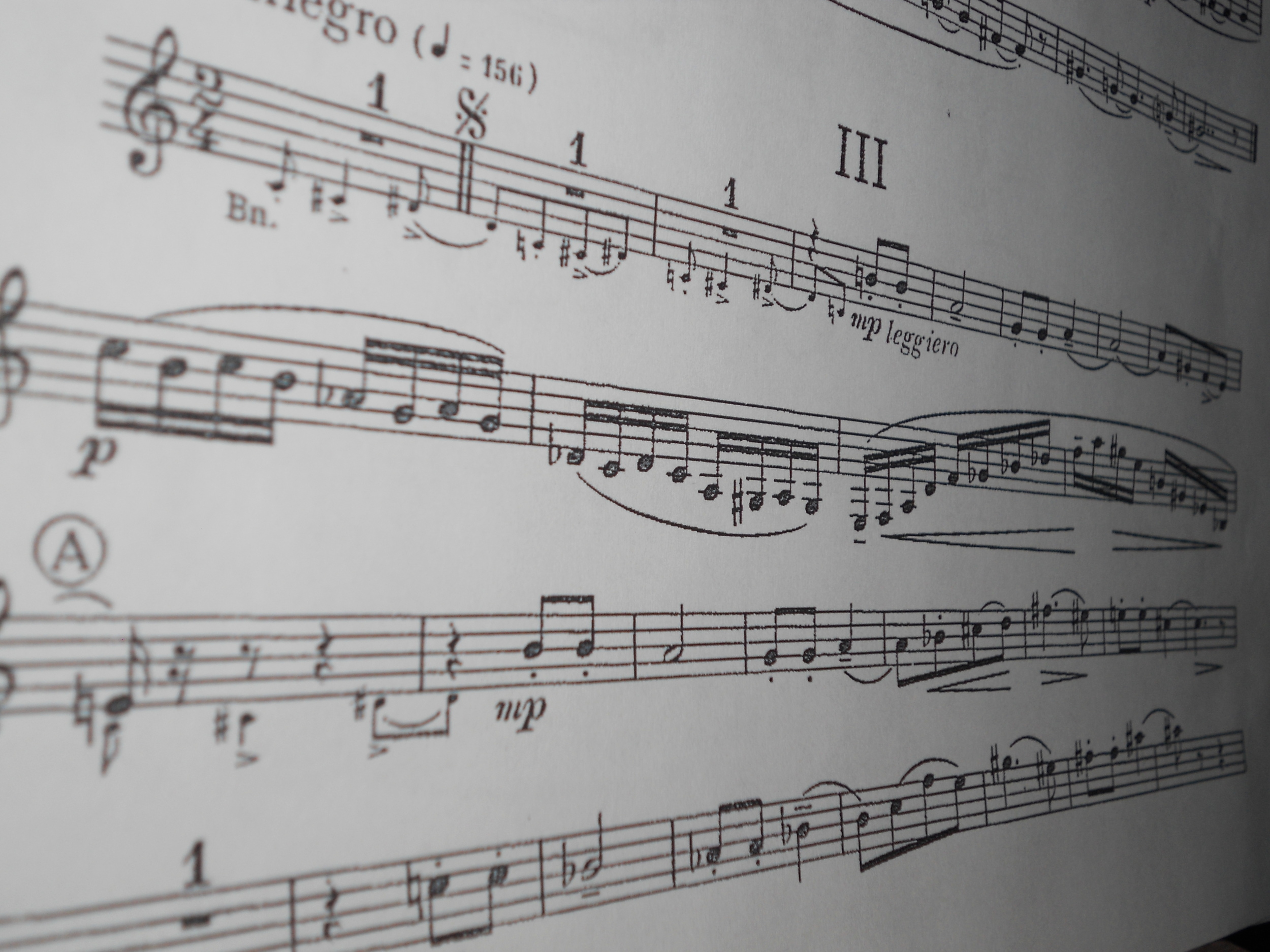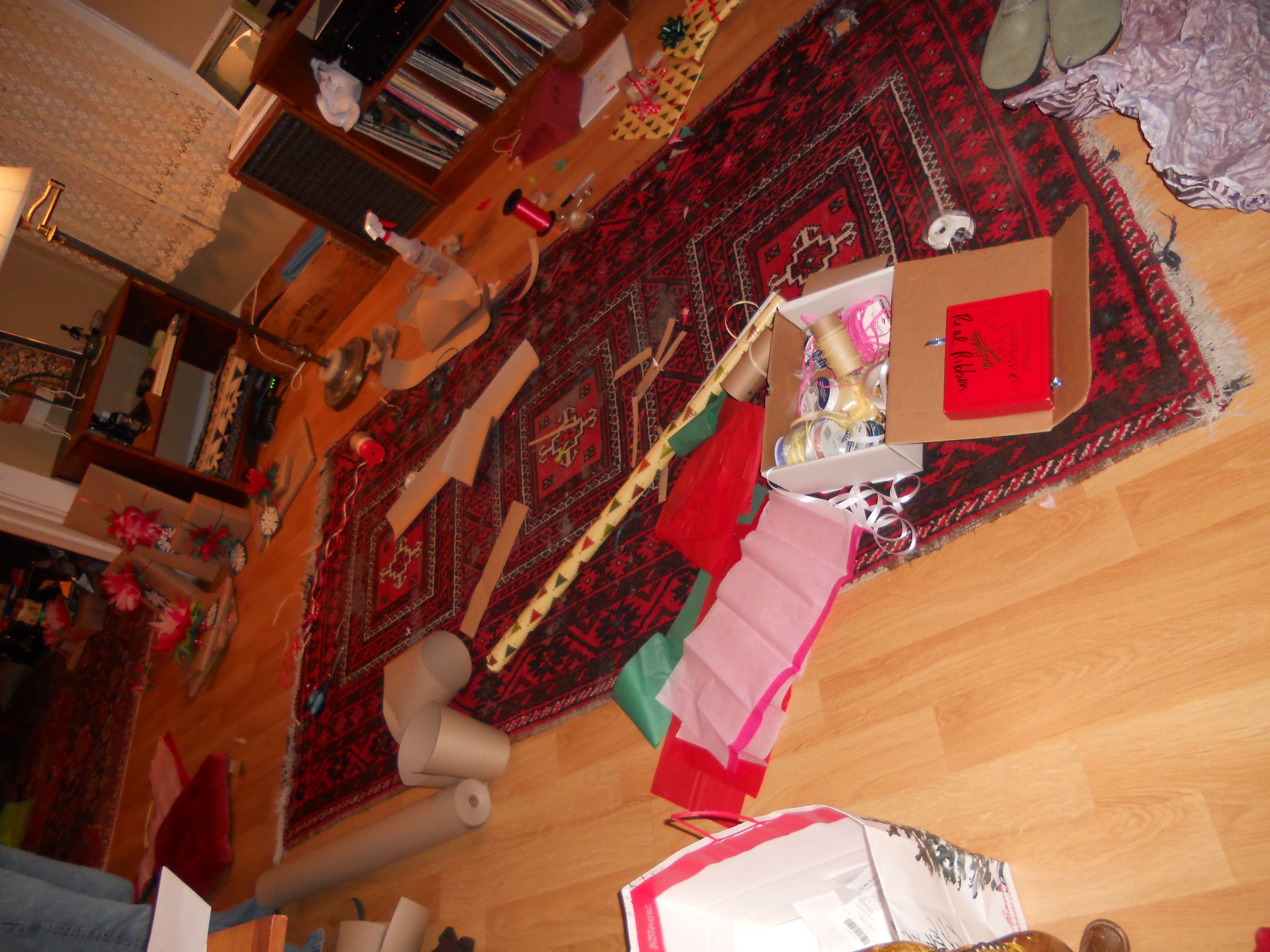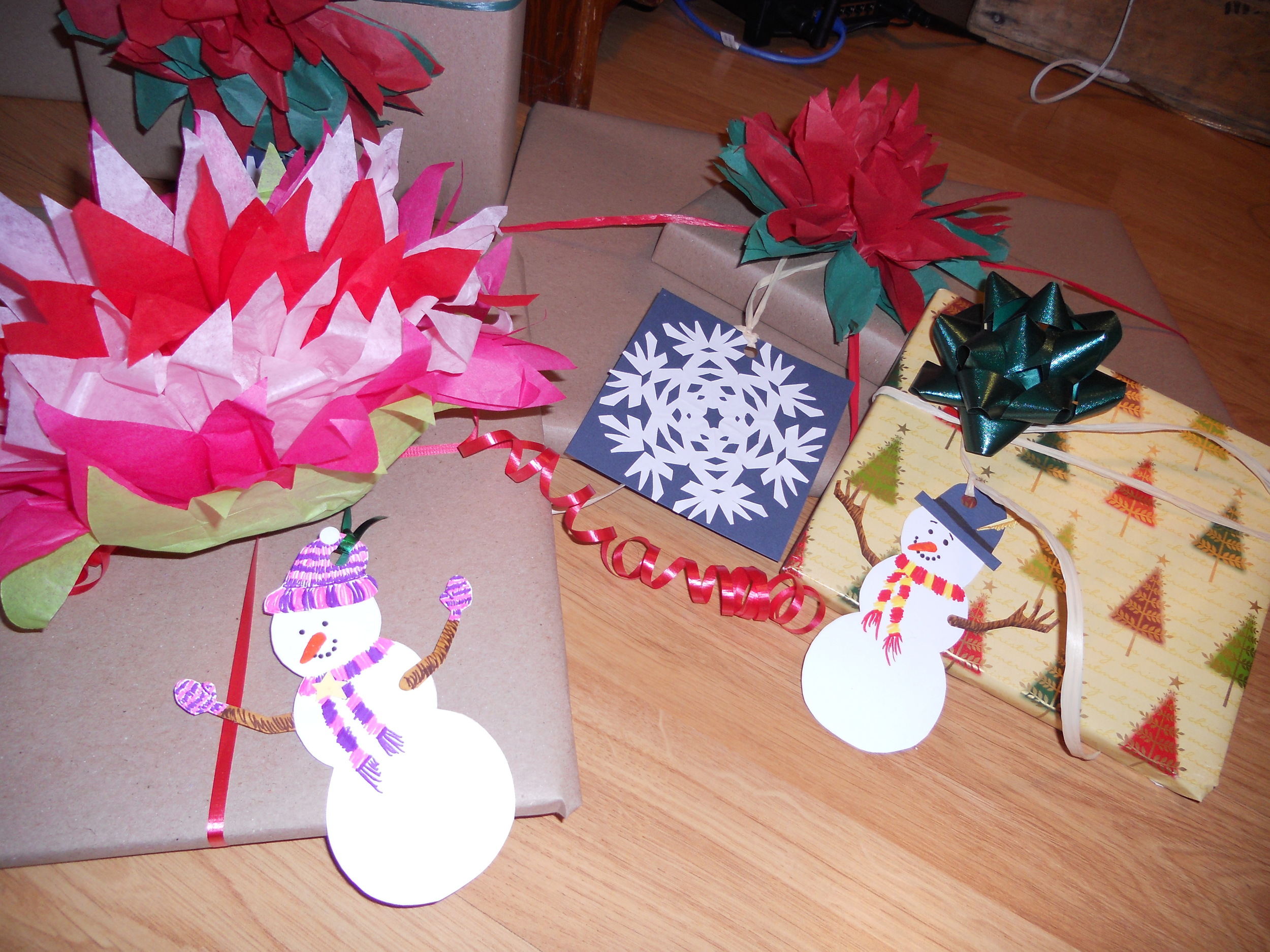Youth
/We kick off our 2012-2013 season this Friday with a program we're calling "Youth". Here's a little post about the music and the musicians, and what the musicians think about the music. MEET THE PROGRAM:
R. STRAUSS Till Eulenspiegel - Einmal Anders! TANN Duo NIELSEN Serenata-Invano BEETHOVEN Septet Op. 20
Till Eulenspiegel is one of Richard Strauss' most famous works for full orchestra. It musically tells the story of Till Eulenspiegel - The Merry Prankster of German folklore which dates back to the Middle Ages. Till stirs up trouble in a market, harasses the monks, flirts with the ladies and mocks the academics - until he gets caught. This clever arrangement (Einmal Anders means, 'Another Way") for quintet (violin, clarinet, horn, bassoon and double bass) captures the very essence of Stauss' original composition.
Laura and Adrianne will be performing Hilary Tann's Duo which directly contrasts the playful boisterous Till with smooth long lines weaving between the viola and the haunting sound of the soprano saxophone. The "youngest" piece on the program provides an intimate encounter with these two instruments.
Carl Nielsen's Serenata-Invano (Serenade in Vain) tells the story of youthful love. A young man hires a band to serenade his love - I won't give away the end by telling you what happens.
After intermission (time to grab another beverage!) we bring seven musicians to the stage to play the amazing Septet by perhaps the most famous of all composers, Beethoven. Beethoven was bursting onto the scene as a young man (19!) when he wrote this joyful, energetic music. Featuring the violin, the Septet is rounded out by 3 more stings; viola, cello and bass, and contrasted with clarinet, bassoon and horn. It sounds like a small orchestra!
MEET OUR MUSICIANS
When asked what his favorite piece on the program was, Kyle said "So, if I had to say my favorite piece, it'd be the Strauss...because it gives our listener a taste of what his coloring for full orchestra was like, without the 90 piece ensemble. Music which provides entertaining characters that the audience can easily recognize is just purely more enjoyable for both performer and listener alike."
We've given Kyle about 10,000 notes to learn for this program, and every one sounds brilliant. Kyle is from Kansas City, and has lived on this side of the state for quite some time.
Dana says this about Youth, "I am really excited about this program! The combination of pieces is just fantastic. They're all really fun to play, and I know the audience is going to love it. The Beethoven just sparkles with positive energy. The Nielsen is new to me, and the first time I heard it I couldn't believe how beautiful the combination of clarinet, bassoon, horn, cello and double bass were. There is a moment in the middle where it slows down, and it's just gorgeous."
Dana is a co-Artistic Director for Chamber Project and is a hometown girl. If you're lucky you'll meet most of her family at this concert.
Tricia is playing with us for the first time. She's a recent transplant to St. Louis - so be sure to welcome her! She says this, "I'm particularly excited to play Till Eulenspiegel-Einmal Anders. It's pretty incredible that five instruments, through shear force of personality, can carry a piece originally written for a huge orchestra. This is a wonderful ensemble of players and we've had a lot of fun putting this concert together."
What she doesn't tell you is that Till Eulenspiegel begins with one of the most famous horn melodies ever written - she basically kicks off the concert and sets the stage for the musically hilarity that follows.
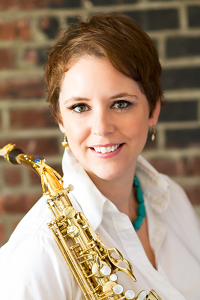 Adrianne Honnold, recently back from touring Europe with the St. Louis Symphony, has this to say about the Hilary Tann Duo, "This piece has three different moods that make for an interesting journey; plaintive, aggressive and hopeful."
Adrianne Honnold, recently back from touring Europe with the St. Louis Symphony, has this to say about the Hilary Tann Duo, "This piece has three different moods that make for an interesting journey; plaintive, aggressive and hopeful."
Adrianne performed at the World Saxophone Conference this summer in Scotland - she had quite an amazing trip! (Take a close look at her hands during her performance, there's something new on one of them...)
Melissa Mackey returns to perform with us for a second season. Melissa suggested we play the Beethoven Septet, it's one of her favorite pieces to play. Melissa is the Associate Professor of Bassoon and Music History at Southern Illinois University Carbondale. She wrote a short blog post about the Beethoven Septet on her own blog - check it out!
The bassoon is featured quite a bit in this program. It's a great chance to check out this very unusual, and very cool instrument. Melissa's bassoon is over 100 years old!
Antonio Innaimo is joining us for the first time, but if you've been to the MUNY , you've heard him play - he's the Principal Cellist of the MUNY Orchestra! When not sweltering his summers away here in St. Louis, he lives in Florida. Tony says, "It's such a joy to work with such consummate chamber musicians, performing such fine works!"
Laura Reycraft, co - Artistic Director of Chamber Project is back with us after a little time off last spring to be a new mom! We're thrilled for her and happy to have her back. Here's what she has to say about this program -
"I love playing the Beethoven-it is so fun! The viola part alternates between accompaniment and melodic material, acting sometimes as a second violin and occasionally as a bass instrument. The fresh energy and enthusiasm is palpable throughout the 6 movements, although I think my favorite is the last movement with its extremely serious opening and then light fast section.
The Tann has grown on me as I have learned it through listening to a recording and practicing. The dissonance created between the two instrumental lines is complex and interesting and more melodic that I first thought."
Christopher Haughey is joining us for the first time. He grew up here in the St. Louis area, and has recently returned to join the United States Air Force Band of Mid American located at Scott Air Force Base. They keep him busy performing in three ensembles! We're glad he had the time to work some chamber music into his busy concert schedule!
Come to the concert and meet all of these great musicians!
DETAILS:
September 14, 8:00 pm at The Chapel Venue Tickets are $10 in advance, $15 at the door (cash/check only) $4 students. Tickets include two drinks: beer/wine/soda. purchase tickets online here








